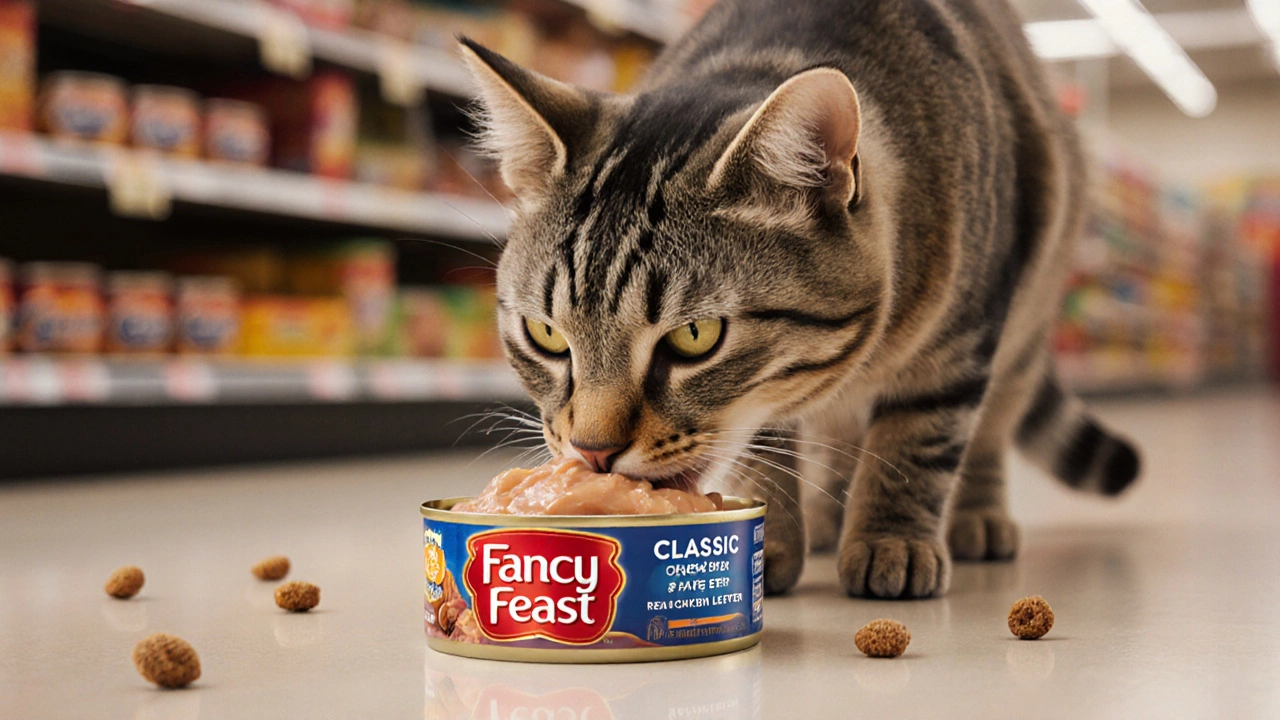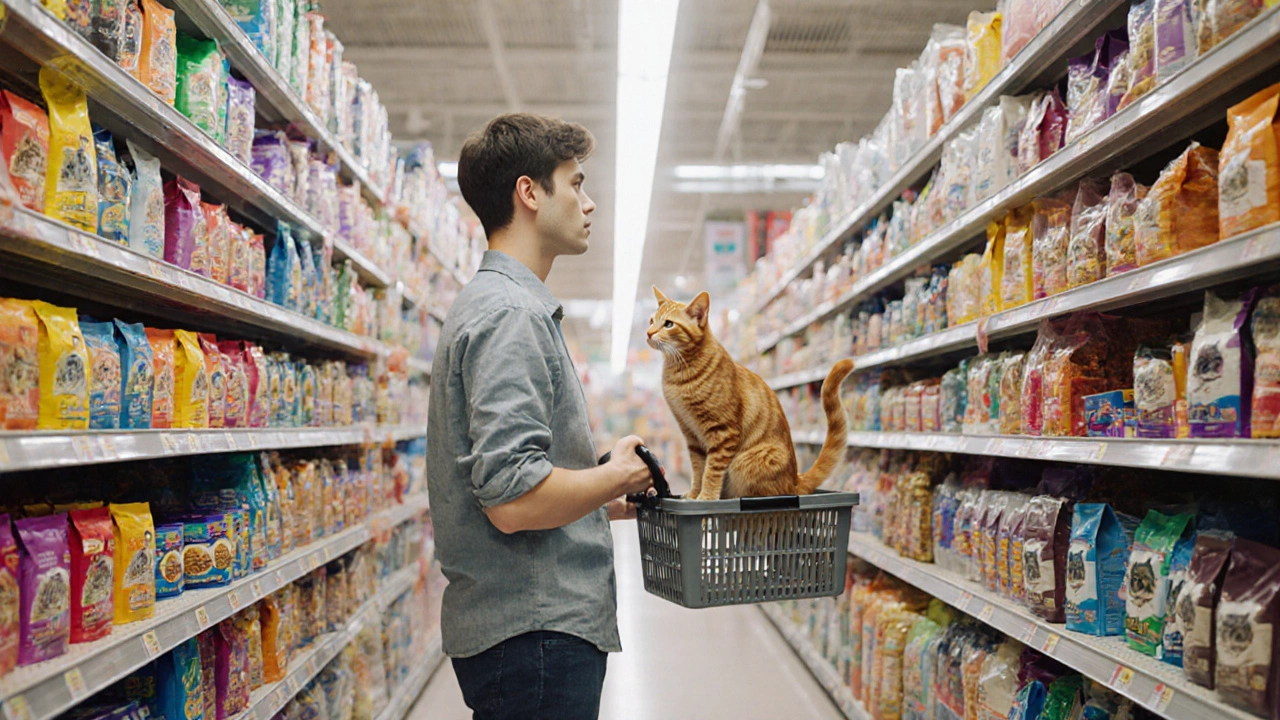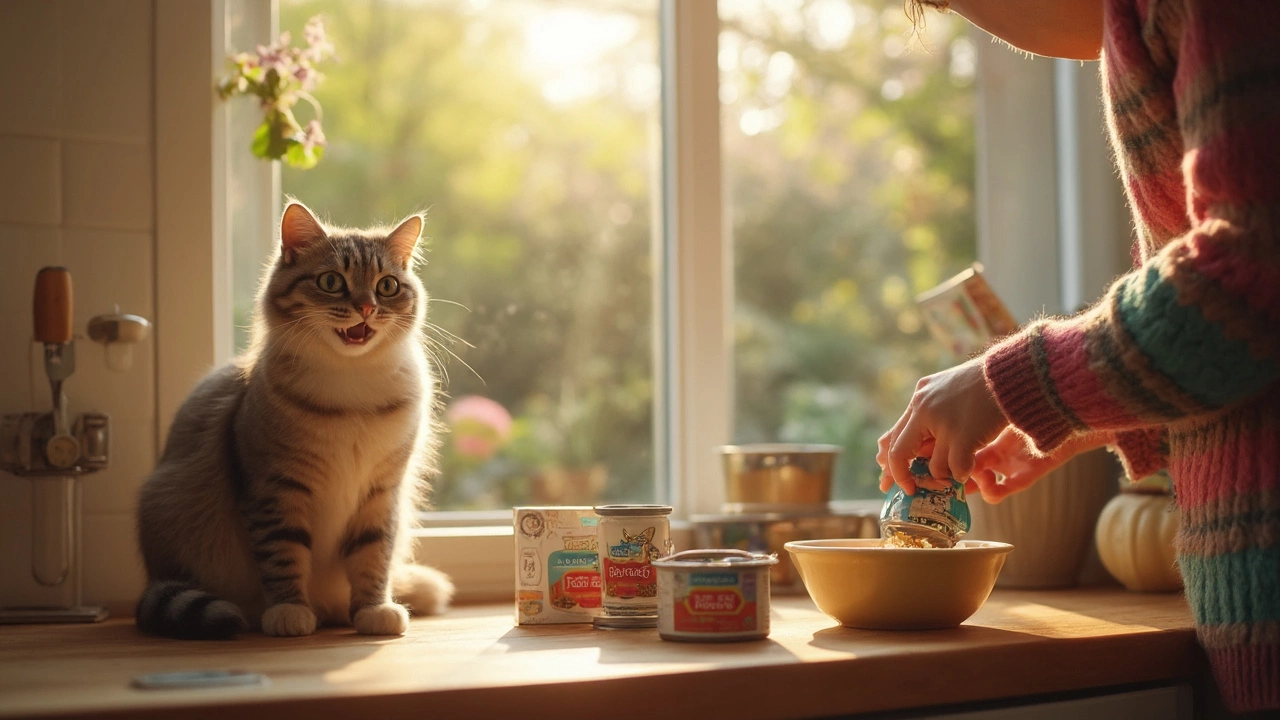Wet Cat Food: What Every Cat Owner Should Know
Wet cat food is more than a tasty treat – it’s a source of moisture, protein, and flavor that many cats love. If your cat skips the dry kibble or shows signs of dehydration, a good canned meal can fill the gap. Below we break down why wet food works, what to look for on the label, and a few top picks that suit most budgets.
Why Choose Wet Cat Food?
First off, wet food contains 70‑80% water, which helps keep kidneys healthy and reduces the risk of urinary problems. Cats are descended from desert hunters, so they’re wired to get most of their water from prey – a can mimics that natural diet.
Second, the texture is soft and aromatic, making it appealing for picky eaters or older cats with dental issues. The higher protein content in most cans also supports lean muscle, especially for active or growing cats.
Finally, wet meals are often easier to portion. A single 85‑gram pouch can serve a small cat for a full meal, so you avoid over‑feeding and can tailor portions to weight goals.
How to Pick the Right Wet Cat Food
Start with the ingredient list. Look for a named meat source (chicken, turkey, salmon) as the first ingredient. Avoid foods that hide meat behind vague terms like “meat by‑product” or “animal digest”.
Check the protein level – aim for at least 8‑10% on a dry matter basis. Higher protein usually means better muscle support.
Watch the carbohydrate load. Cats don’t need grains or starchy fillers. If you see corn, wheat, or rice high on the list, consider alternatives with peas or pumpkin, which are gentler on the tummy.
Consider special dietary needs. Some cats benefit from added omega‑3s for a shiny coat, while others need low‑phosphorus formulas for kidney health. Most brands label these features clearly.
Price matters, but don’t let it be the only factor. A mid‑range brand that hits the nutrition marks can be cheaper per gram than a premium line that’s mostly water.
Finally, test a small batch before committing. Most retailers let you buy a single pouch to see if your cat likes the taste and texture.
Here are three solid choices you’ll find on our site:
- Classic Chicken Pâté – high protein, no grains, affordable.
- Salmon & Sweet Potato – extra omega‑3s, gentle on the stomach.
- Senior Care Turkey & Liver – reduced phosphorus, easy chew.
Each of these scores well on the ingredient checklist and offers a different flavor profile, so you can rotate meals to keep your cat interested.
When you store opened cans, cover the top with foil or a plastic lid and refrigerate. Use within 24‑48 hours to keep flavor fresh and prevent bacterial growth.
Transitioning from dry to wet? Mix a spoonful of wet food into the dry kibble and gradually increase the wet portion over a week. This helps avoid digestive upsets and lets your cat get used to the new texture.
Keep an eye on your cat’s weight and litter box habits. If you notice any changes in appetite, stool consistency, or activity level, discuss the diet with your vet. Small tweaks – like swapping to a lower‑calorie formula – can make a big difference.
Bottom line: wet cat food is a simple way to boost hydration, protein, and enjoyment for your feline. Pick a product with real meat first, minimal carbs, and any added nutrients your cat needs. Mix, store, and monitor, and you’ll see a healthier, happier kitty in no time.
Posted By Bryndle Redding On 27 Nov 2025 Comments (0)
Is Fancy Feast Okay for Cats? Vet-Approved Facts You Need to Know
Fancy Feast isn't all bad, but many formulas are low-quality. Learn which varieties are safe for cats, what to avoid, and better alternatives that won't break the bank.
READ MOREPosted By Bryndle Redding On 15 Oct 2025 Comments (0)
The #1 Best Cat Food in 2025: Expert Review and Comparison
Discover the #1 best cat food of 2025, why it tops the list, how it compares to other top brands, and expert tips for choosing the perfect diet for your feline.
READ MOREPosted By Bryndle Redding On 22 Jun 2025 Comments (0)
How Many Cans of Fancy Feast for a 10 Pound Cat?
Wondering how much Fancy Feast your 10 pound cat should eat? This guide explains how many cans your kitty needs per day, what affects their appetite, and how to create the best feeding routine. Learn about the calories in each Fancy Feast can, tips for portioning meals, and ways to spot if your cat is eating too much or too little. Balanced food keeps your cat happy and healthy every day.
READ MORE

